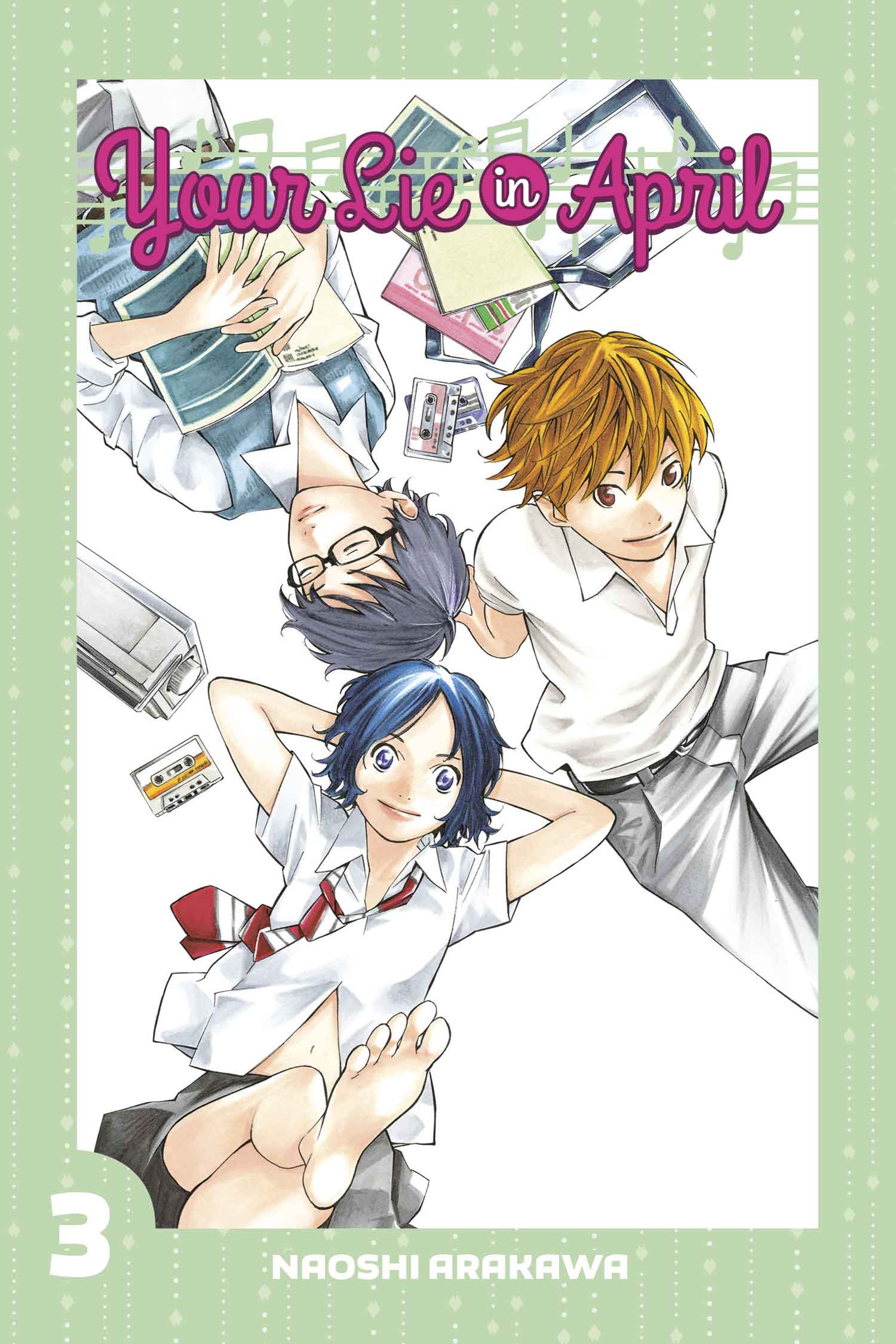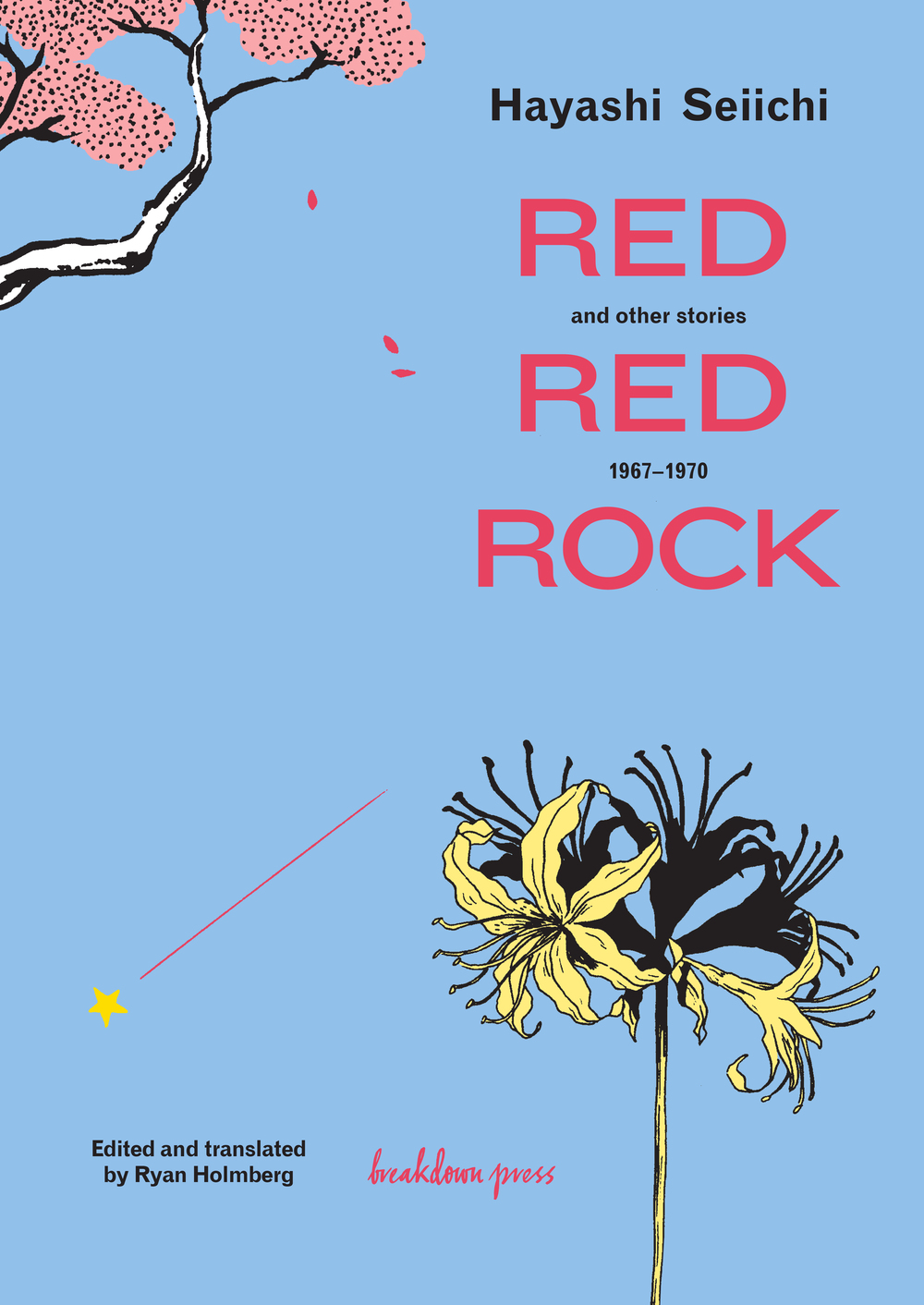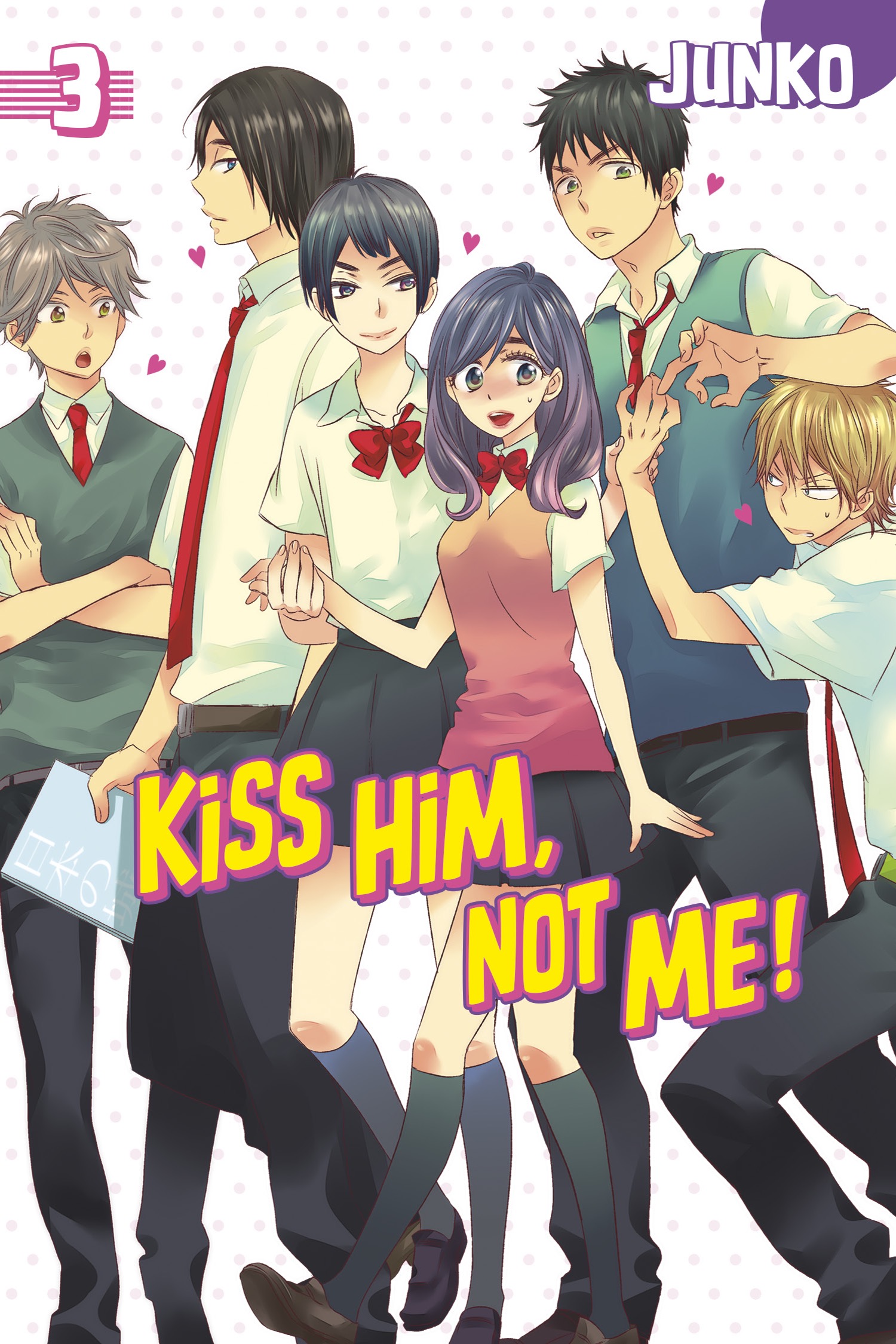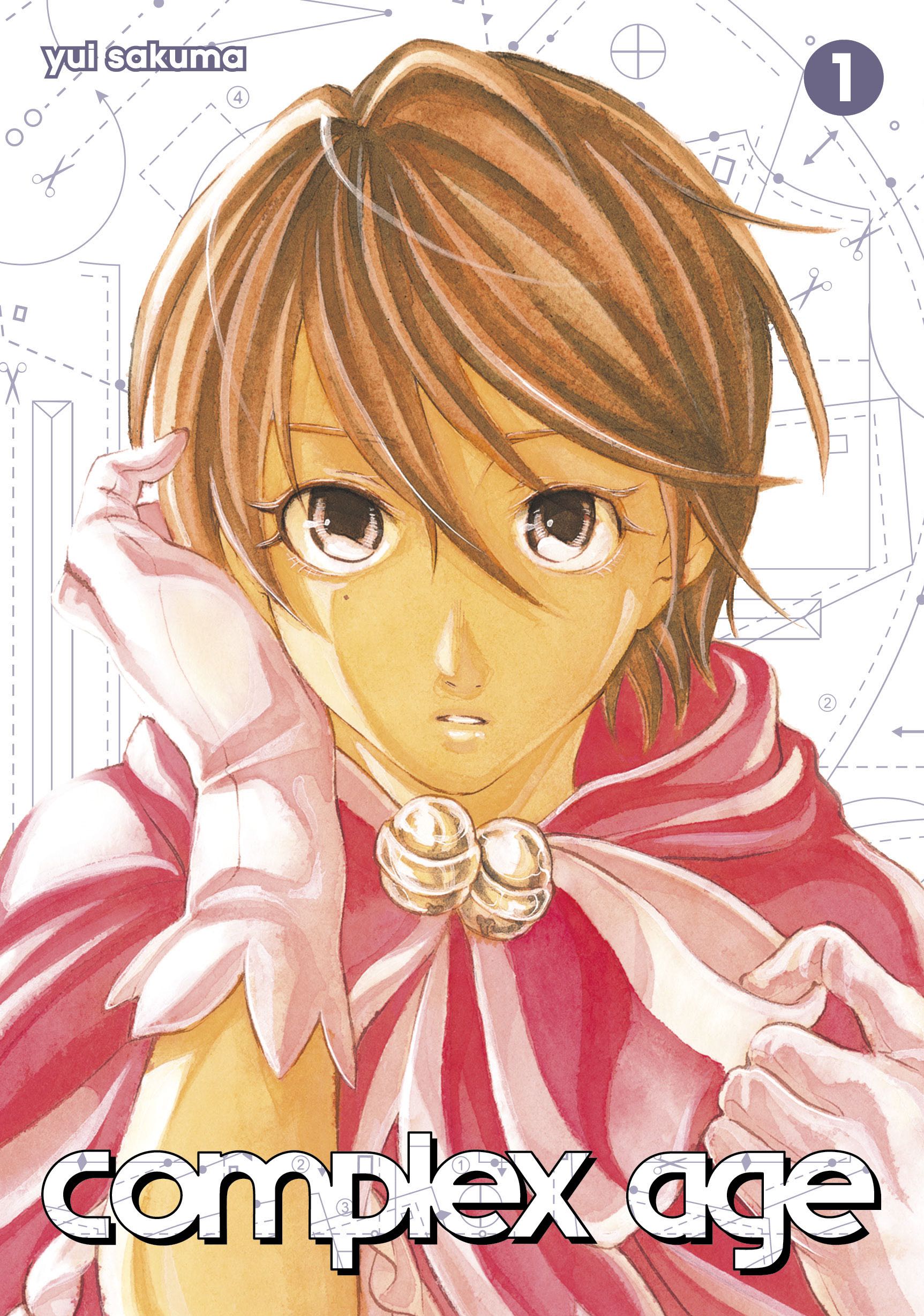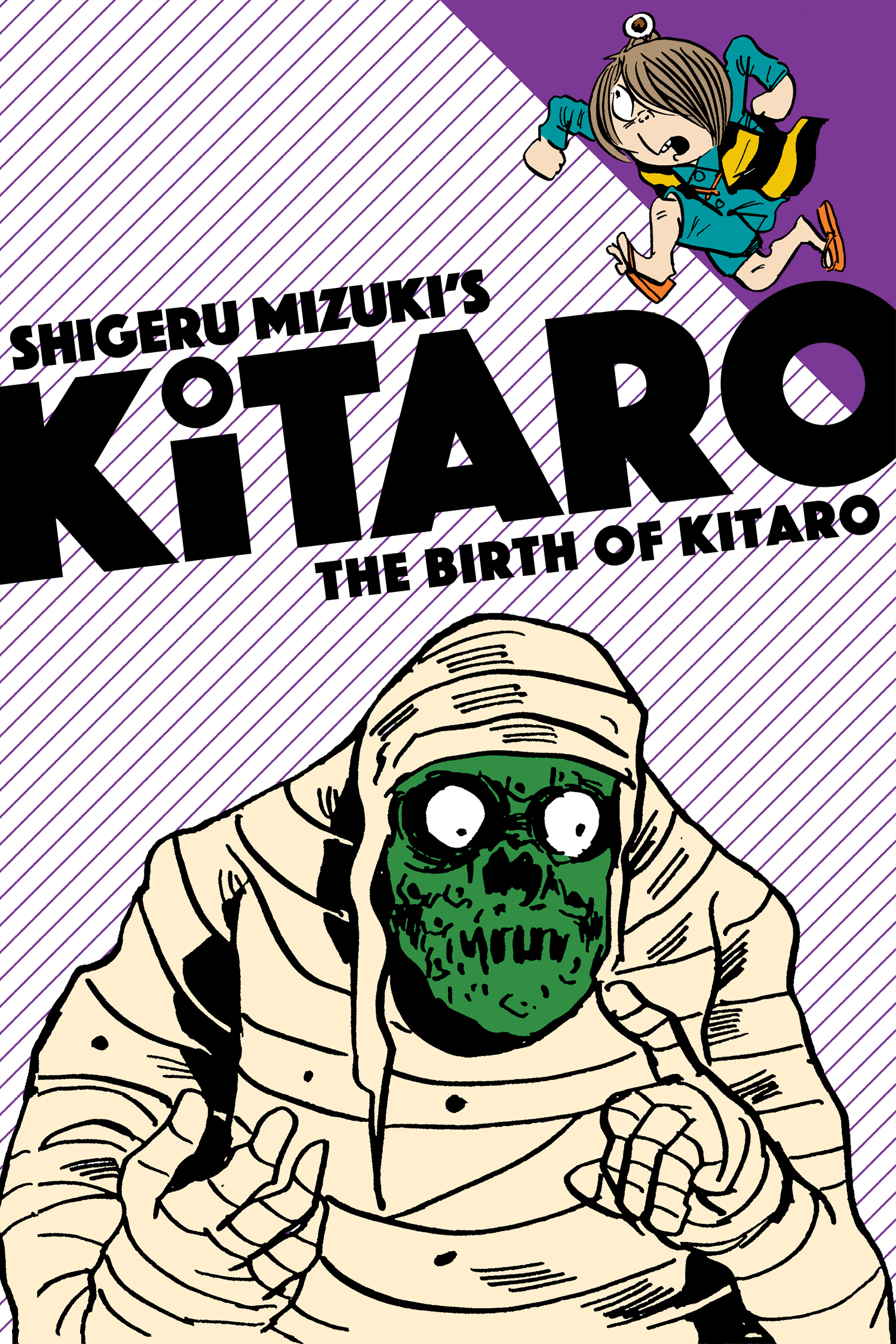My News and Reviews Not much news to report in regards to Experiments in Manga this past week, though I would like to take to the opportunity to thank everyone for the kind words, encouragement, …
Continue Reading about My Week in Manga: June 20-June 26, 2016 →
